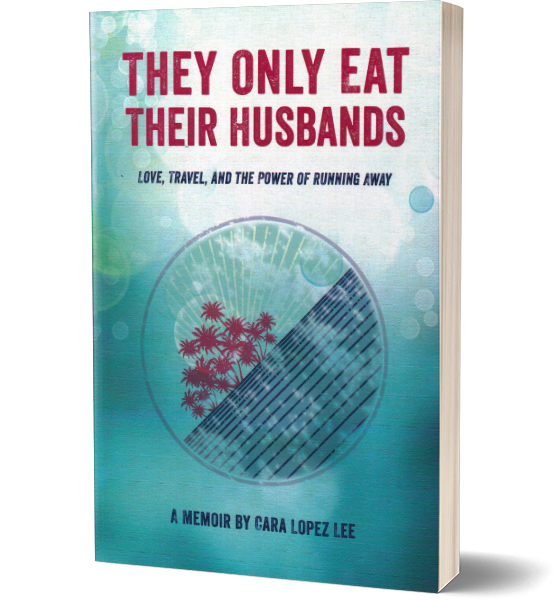April 4, 2008
Guangzhou, China
Yesterday, Fiona Zhu and I walked to Shang Xia Jiu, which literally means “Up-Down Nine,” as in “Up and Down 9th Street.” The long pedestrian avenue crosses the old town center, but it’s also one of the city’s trendiest hangouts. It’s the longest shopping street in Guangzhou, and a perfect showcase of Old China and New China.
Many of Shang Xia Jiu’s renovated buildings come from the days when Guangzhou was known as Canton, a major European trading port in the 1800’s. The influence of Europe is still apparent in the architecture, with its mullioned windows and fussy porticos. However, Chinese accents reveal themselves in dark wood window frames and tile roofs.

The influence of Europe is still apparent in the architecture, with its mullioned windows and fussy porticos.
Colorful bas relief carvings of lively scenes from Canton’s old glory days stretch across building fronts. The paintings depict the long ago bustle of this city: masted wooden sailing vessels on the Pearl River, traders and buyers and farmers coming to town, mothers and children going about their daily routines on dirt streets – all in the idealized marketplace of a thriving port city in the 18th and 19th centuries.


Colorful bas relief carvings of lively scenes from Canton’s old glory days stretch across building fronts.
An old-fashioned movie theatre towers on one side of the street, while a sloping roof of Chinese tiles tops a 100-year-old teahouse on the other. The four-story teahouse, called Tao Tao Ju, is decorated with bas relief scenes from ancient myths.

The 100-year-old teahouse, called Tao Tao Ju, is decorated with bas relief scenes from ancient myths.
Fiona Zhu pointed out one myth she recognized: a man watching two women engaged in a sword fight. “The lady in white is not human,” Zhu Zhu explained. “She is snake. And she fall in love with the man. But snake is not allow to marry human. So her sister fight her with sword.” The white snake was victorious, and she and the man married and had a baby. A happily-ever-after kind of story.

“The lady in white is not human,” Zhu Zhu explained. “She is snake.
In another mythological scene, two warriors fight. This scene is part of a legend about the way China became one country: China was once a chaotic jumble of warring tribes, until brave warriors went to battle to unify the country. The carving depicts the battle that decided who would rule the unified China.
Tao Tao Ju is a popular spot for Chinese high tea, and we decided to return later to try it. In the meantime, we strolled Shang Xia Jiu, a popular activity day and night.

Strolling Shang Xia Jiu is a popular activity day and night. It’s the longest shopping street in Guangzhou.
Though the avenue sports old houses and is strung with traditional red lanterns, much of its activity is very 21st century: shopping, shopping, and more shopping. We watched young people in cool hair cuts and cooler clothes wander in and out of shops where they could buy more clothes. In the doorways of these shops, girls stood perched on step stools, rhythmically clapping their hands to grab the attention of passersby, and to shout out the bargains to be found in their stores.

Girls stood perched on step stools to shout out the bargains to be found in their stores.
At the main plaza, a KFC, Pizza Hut, McDonald’s, and other fast food joints jockeyed for eye-popping attention, while a massive TV screen flashed programming overhead. The street seemed relatively busy for a weekday, but Zhu Zhu told me that after dark and on weekends the crowd becomes so thick “you cannot imagine!”

At the main plaza, a KFC, Pizza Hut, McDonald’s and other fast food joints jockeyed for eye-popping attention.
At teatime, we turned back to Tao Tao Ju for high tea. We climbed several flights of stairs, to a packed dining room on the fourth floor, where we shared a table with three other people. The room was a pristine display of white linen table cloths, white plates, white teapots, and white chopsticks – all overseen by ladies in white aprons and hats. We offset the pristine white atmosphere with black tea.

We offset the pristine white atmosphere with black tea.
The place was a dim sum Shangri-La. I feasted on sweet barbecue pork buns, deep fried dumplings, barbecue spare ribs, a flaky pastry with a tasty turnip filling, and more. All the dough and sweet fillings gave me a head-thumping sugar rush. By the end of teatime I was so sleepy I wanted to lay my head on the linen.

All the dough and sweet fillings gave me a head-thumping sugar rush.
After that soporific meal, I returned to my hotel and tried to go to sleep early. But several wildly drunk young Chinese were sharing the room next door. They loudly screamed and laughed and puked for the next several hours. As the bacchanalia continued into the night, I went down to the front desk to complain.
“Those people check out tomorrow,” the manager said.
“But I sleep tonight,” I replied.
She promised to tell them to be quiet. But the dismissive look on her face told me that she had no intention of doing any such thing.
I returned upstairs, where I stared at the ceiling as I listened to what sounded like the preparation for another Boxer Uprising… or maybe a human sacrifice. I thought sounds like that only accompanied spring break in The States, but it seems drunk students can be obnoxious in any language. I pounded on the wall, but the decibel level never faltered. I put in ear plugs, but it was no use. More dim sum might have knocked me out, but that’s a daytime food.
I sleep tonight? I’ll bet the manager got a good laugh out of that one.




